
Review on Secure Your Notebook with Kensington 64343 MicroSaver DS Keyed Computer Lock by William Rothstein

Great Cable Lock
As mentioned, this is a great cable lock. I will try not to repeat what has already been said. SECURITY: There are "flat" keys here, but they are not simple keys; their groove pattern is somehow three-dimensional. I don't think you will be able to get duplicates from your local hardware store. Register it on the Kensington website so that you can replace it if you lose it. There are many stories and videos online showing how easy it is to pick the cylinder locks used in the less expensive cable locks, but none of them will work. here! The cable comes with an attached clip that keeps the cable neatly folded when not in use. It's well made and works great. See one of my uploaded images. Because the clip is permanently attached to the cable, this remains a "one-piece" solution with no small parts to lose or detach from the cable lock. ("a piece" except for the keys of course) HOWTO: When I first tried to use this lock it took me a minute and a bit of frustration to figure it out so I've uploaded a picture and will make a small one give explanation here. I've noticed that many other reviews also mention some confusion and frustration about how the locking mechanism works. I hope the following helps. * Always hold the cylinder marked with the "K" lock symbol with one hand and the other turn the key (see uploaded image). Because the tether mount offers a more visible grip, it's tempting to hold onto it as you turn the key, but the tether mount is free to rotate and has nothing to do with the locking mechanism, so holding it is accidental, causing confusion. This is perhaps the most important point.* The image uploaded shows the locking mechanism in the closed position. The key is turned fully counterclockwise. This is the only position where the key can be inserted or removed. The lock T-bar will NOT move in or out of the slot on the protected device in this position. degrees) clockwise. This moves the lock to the unlocked position and allows the T-bar to be inserted into the slot. In the unlocked position, the T-bar aligns with the pair of pins, forming a common flat shape that fits into the slot.* Once the lock's T-bar is in the slot, turn the key fully (180 degrees). ). counterclockwise. This returns the lock to the locked position and the key can be removed. Make sure the T-bar is fully inserted into the slot before turning the key. If this is not the case, you could damage the finish or an outer plastic layer of your laptop. is in both the locked and unlocked positions. This will help you line things up when you insert the T-bar into the slot. This is possibly the second most important point. Turn the key to the stop (180 degrees). counterclockwise. This returns the lock to the locked position and the key can be removed. Make sure the T-bar is fully inserted into the slot before turning the key. If not, you could damage the finish or an outer plastic layer of your laptop. is in both the locked and unlocked positions. This will help you align things when you insert the T-bar into the slot. This is possibly the second most important point. Turn the key to the stop (180 degrees). counterclockwise. This returns the lock to the locked position and the key can be removed. Make sure the T-bar is fully inserted into the slot before turning the key. If not, you could damage the finish or an outer plastic layer of your laptop. is in both the locked and unlocked positions. This will help you line things up when you insert the T-bar into the slot. This is possibly the second most important point. This will help you line things up when you insert the T-bar into the slot. This is possibly the second most important point. This will help you line things up when you insert the T-bar into the slot. This is possibly the second most important point.
- Fits the standard Kensington security slot found in 99% of laptops, processors, flat screens, projectors, printers, docking stations
- Weak
New products
Comments (0)
Top products in 🔒 Cable Security Devices

🔒 Silver Kensington Combination Ultra Cable Lock for Laptops & Devices (K64675US) - Enhanced SEO

9 Review
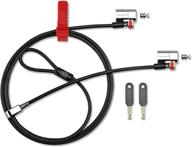
Secure Your Laptop with the 🔒 Kensington K64638WW ClickSafe Keyed Twin Laptop Lock

12 Review
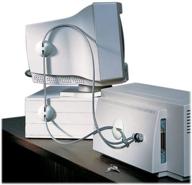
Kensington Microsaver Universal Computer Key Lock and Cable Security System 64162a for Desktops

9 Review
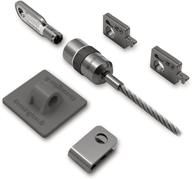
🔐 Secure Your Desktop Computer and Peripherals with the Kensington K64615US Locking Kit

9 Review
Another interesting products
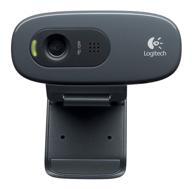
Logitech HD Webcam C270: Crisp 720p Widescreen Video Calling & Recording (960-000694), Lightweight and Portable at 3.15 lb.

192 Review
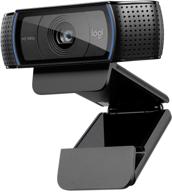
💻 Get Amazing Video Quality with Logitech HD Pro Webcam C920 (Discontinued Edition)

83 Review
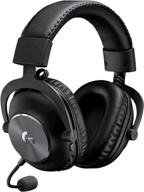
Renewed Logitech G PRO X Wireless Lightspeed Gaming Headset with Blue VO!CE Mic Filter for Immersive Gaming Experience

122 Review

Enhance Your Visual Experience with Logitech C260 Webcam

78 Review

